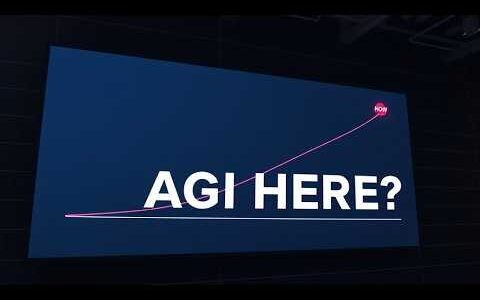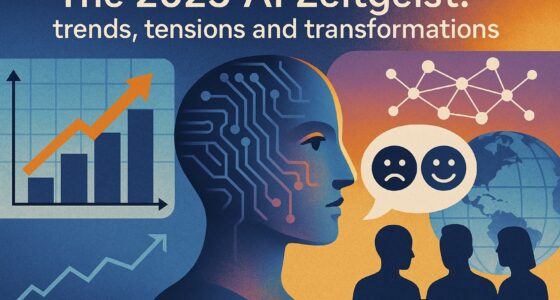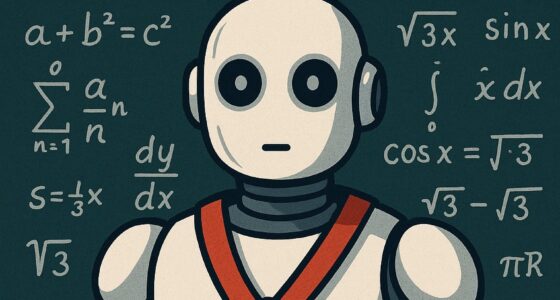Apple researchers unveiled a retrofit that lets standard autoregressive LLMs predict several future tokens at once—and then verify them—cutting latency without hurting quality. In “Your LLM Knows the Future,” they add learned mask tokens, a small gated‑LoRA adapter, and a lightweight sampler; proposed tokens are verified via linear or “quadratic” decoding. The team frames the approach as a minimal supervised fine‑tune that preserves next‑token performance. On Tulu3‑8B fine‑tuned to predict eight future tokens, Apple reports ~2.5× faster chat/knowledge and up to ~5× on code/math with no quality loss.
TL;DR
Apple researchers published a new paper showing how to make standard autoregressive LLMs predict several future tokens at once with minimal retraining. Using special mask tokens, a tiny gated LoRA adapter, a lightweight sampler head, and a verification step they call linear/quadratic decoding, they report ~2.5× speedups on general chat/QA and up to ~5× on coding & math with no quality loss in their tests on Tulu3‑8B.
Why it matters: Lower latency and compute per user—especially in predictable domains—without a second draft model or major architecture changes; viable for on‑device or server inference.
How it compares: Speculative decoding uses a smaller helper model; Apple’s approach keeps a single model proposing and verifying its own futures, aiming for “lossless” quality. Coverage pegs gains at 2–3× on average, up to 5× for code/math.
Bottom line: A light, practical recipe to accelerate existing LLMs with minimal retraining. It’s research, not a shipping feature, but likely to influence Apple Intelligence and open‑model ecosystems—and broader developer tooling adoption soon.









